The Urban Experiment
I had the opportunity to spend some time a couple weeks ago in downtown Tampa, while attending the IDA (International Downtown Association) conference. It's been several years since I've been to Tampa, and it's undergoing quite a dramatic makeover. The eastern and southern ends of downtown are being remade in whole cloth with very large, very impressive new developments. They're the kind of eye-popping projects that make local boosters proud, make the city feel "big league" and look really great as a skyline shot.
And it's clear the locals who presented these changes really are proud. I don't blame them - it was not long ago that downtown Tampa was basically a ghost town. To see people walking around, construction cranes dotting the area and new businesses popping up - it's quite a transformation in a short period of time. There's still the inevitable urban freeways that rip through, the legacy urban renewal projects, etc, but all in all, it must be a very exciting time to be from Tampa (setting aside all their sports championships).
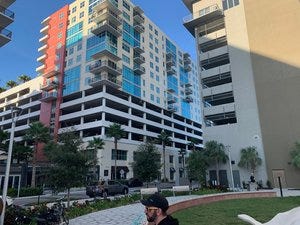
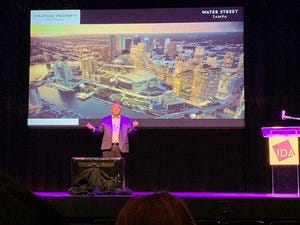
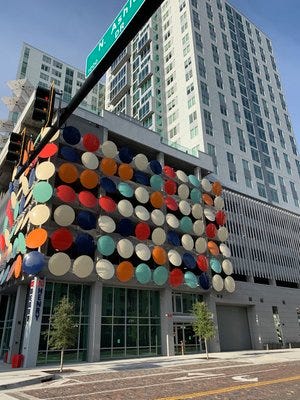
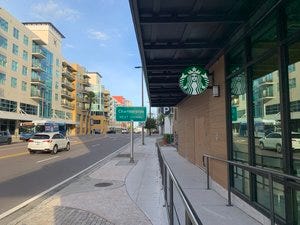
Here's what I'm wresting with: I'm finding this sort of change doesn't excite nor impress me anymore. And I'm trying to figure out why.
I'm not a hater of new development at all. My reflex is to generally be very pro-development and pro-change. As I've said before, humans are always changing, and cities are just collections of humans. At a certain point, you have to roll with change, or you'll make yourself miserable. So what is it, now, that is making me less and less enthusiastic about these kinds of new urban developments?
The Urban Experiment
Chuck Marohn is fond of calling the post-WWII era of American development "The Suburban Experiment." I like and generally agree with his analysis, and have written about it before here. In the aftermath of our success winning a world war on two fronts, we endeavored very confidently to remake our society in a brand-new fashion. And we did so with a similar approach to the war effort: lavishly funded, centrally organized and efficiently managed. We had no patience anymore to let our places evolve gradually, nor for the outdated concept of local/regional character. We had the hubris and the money to instead build to a finished state, all at once, and to create the new America.
Of course, it was also built around the automobile, but that's probably as much coincidence as anything. All human settlements are organized around the dominant mode of transportation at the time. The post-war boom era just happened to coincide with the car. The physical result is American suburbia as we've known it now for three generations.
But in retrospect, the most important change was this idea that the growth of our cities could be successfully planned like a massive military operation. All negative outcomes could be accounted for, collateral damage could be minimized and we could undertake it in giant surges. We could have housing for returning veterans and their families over here, housing for the poor over here, shops in another place and lots of highways in between to shuttle people back and forth. It's easy to mock this approach now, but it must have seemed magical and inspiring at the time.
Today, we have a new emerging paradigm, which we might as well start calling The Urban Experiment. From a process and capital flow standpoint, it's really no different than the Suburban Experiment. Large entities, sometimes international, invest millions of dollars to acquire properties and create "assemblages" of land. They do this hand in hand with local and sometimes State authorities. A master plan of sorts is devised by the powers-that-be (with a token effort at public input), and then giant capital flows move in to execute the plan in swift, efficient fashion. The target demographics are the college educated, the upwardly mobile and the wealthy. The end result today looks and feels different - it’s an urban community, with an emphasis on walking, social spaces and a "live, work, play" lifestyle. But the spirit is similar - we can build the ideal community to a finished state, all at once.
This new urban community has all the amenities desired by today's young and creditworthy. There's the Starbucks on the ground floor, the yoga studios and gyms, the trendy bars and restaurants with $10 beers and clever menus, co-working facilities, "playful" outdoor spaces and an apartment with a nice view.
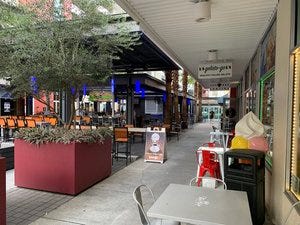
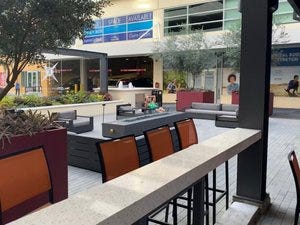
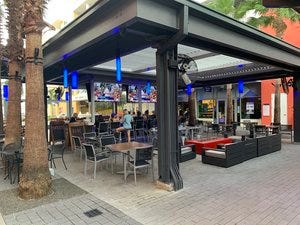
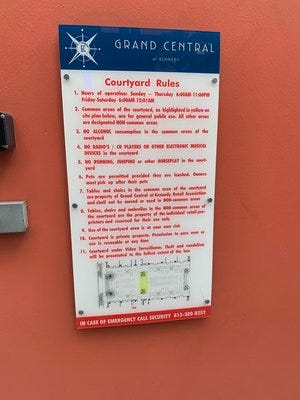
I'm not saying any of this is bad. In fact, a lot of it is very nice. It's highly desirable to those who can afford it, and easy to see why. It attracts enough of the beautiful people to make the sightseeing always enjoyable. Some might say to me - “hey, Kevin, these are your people! Why wouldn't you love this?” And they wouldn't be totally wrong. For pretty much all of my adult life, I've reveled in being part of the upwardly-mobile, college-educated “urban” world. These new instant cities are very sexy, in the same ways that the suburbs were once sexy to another generation.
But there's something about it all that feels just as fragile as the Suburban Experiment, which has been unraveling all over America for a couple of decades. It's not just that it's built upon a mountain of debt, which it is. It's not just that it's targeted to a very narrow demographic, which it is. It's not just that these places feel the same in every city in America, which they do. It's a bit of all of those together. What happens when this class of people (my people) grows bored of it all, and moves on to the next thing? What will become of these places? Can they evolve easily into something else, or for someone else? The history of large-scale development would generally say - no.
Design Matters
Setting aside the issues of fragility for a moment, there are also design issues to examine. As a designer, it’s impossible for me to turn off this part of my brain, as I look at buildings and public spaces. And there’s much to discuss and consider, as these developments proceed across America.
The truth is, the latest wave of urban development is just a smarter face on what was done in a pervious era. In the 1960s-80s, we also saw developers sometimes build urban towers for offices and condos or apartments. Some of those still remain, you can spot them quite easily. They had all the elements of mid-century architectural and urban design moves, including the windswept, empty plazas, buildings set back off the street and copious, obvious parking garages.
The developers and designers of today have learned enough basics of urban design to improve upon those projects. We've collectively figured out how to enhance the amenities, the “in between spaces” and the ground floor. We’ve learned how to create much better people spaces for the common areas. Otherwise, these are basically the same buildings. They are tall towers, often unattractive - sometimes downright goofy, sometimes striking - with parking podiums. It’s just now the wrapping is much better. And that does make a difference, at least for now. Developers and designers, like all fields of life, do tend to get smarter and better.
The really uncomfortable truth for all Americans, is the buildings and spaces don’t actually have to be great. They don't have to be timeless, nor do they have to connect to their neighboring areas and create a bigger whole. They just have to have one or two good human spaces, and the target demographics will be happy. We're not building Paris or Rome. Our bar for success is much, much lower, due to a dearth of high-quality urban communities. At the end of the day (and the beginning), most people will leave their apartment to drive off from a parking garage onto big, ugly streets and highways anyway.
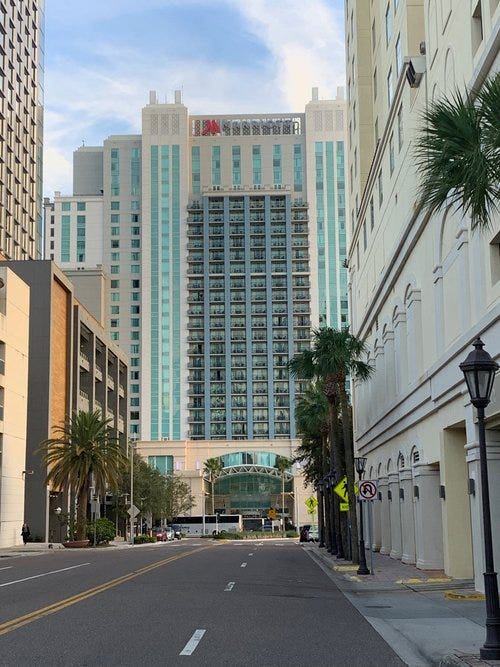
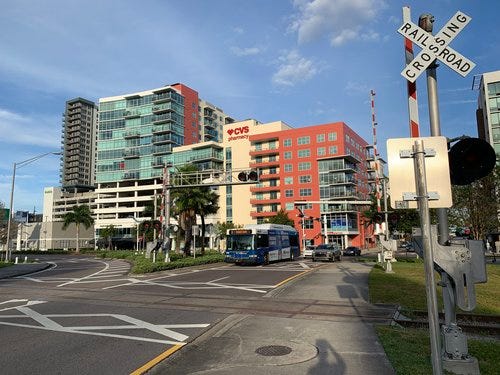
Seeking Balance
OK, so what’s the bottom line? As always, it’s nuanced. The truth is, there's nothing inherently wrong with these places. Twenty or thirty years ago, most urban advocates would have absolutely loved this and given their left arm to see more of it in their city. The real problem is, in our cities today, this is ALL we build, and have been building.
We've always had large-scale buildings in our cities, in every era. We just also used to have a whole lot of small-scale efforts as well. Those efforts used to be much more localized and unique to an area. The owners were generally local people who benefited directly from the growth and change of their city. They owned rental properties or small commercial buildings and made money from the rent. They used that money to invest in their own communities - to sponsor the little league team, or the church social or the widows and orphans funds.
Today's instant cities only directly benefit very large investors and developers. There's virtually no opportunity for the startup business or small investor to actually own something. Sure, a local business can lease a space, but chances are they can’t actually own the space itself. We have an investor class that is national or global, and everyone else effectively is a renter. Not only does that deprive the local community of potential local wealth, it also makes the whole endeavor more subject to the whims of the renters. When that class decides they’ve had enough, they move on. No local wealth was created, and any renovation or change will again take massive amounts of capital.
Can we truly rebuild our cities, and prepare for America 6.0 in this fashion?
When I see these places now, I see fragility. I see fragility for investors, for cities that co-invest, and for our society in total. This is not to denigrate any of the individuals involved in any of this. I've worked on efforts like this, and know many friends and colleagues that have and continue to do so. There are many exceptional people working in this world, including many I sincerely admire.
But the systems and incentives we’ve created in planning and development are what cause us to see these Urban Experiments, and virtually nothing else.
Is there another way? What does it look like? How does it work?
Stay tuned.

